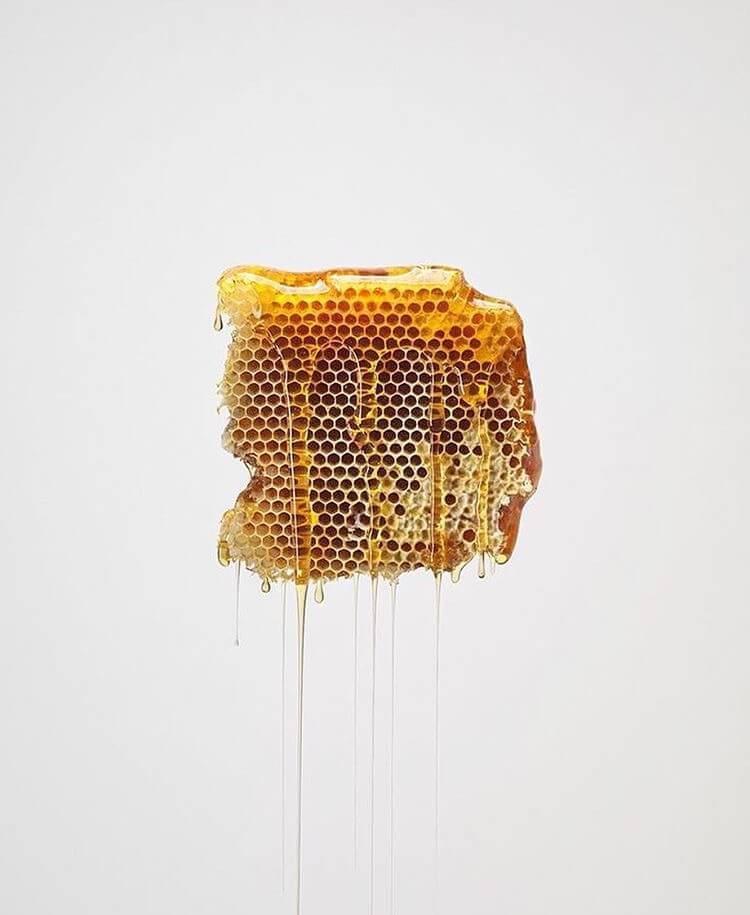
Navigating the Serpentine Path of Kundalini Awakening | Kim Nguyen #133
On this episode we delve into the fascinating stories of children who have gone through the ‘Intuition Process’ of Art of Living, as well as discuss the huge implications and impact this will have on society.



































